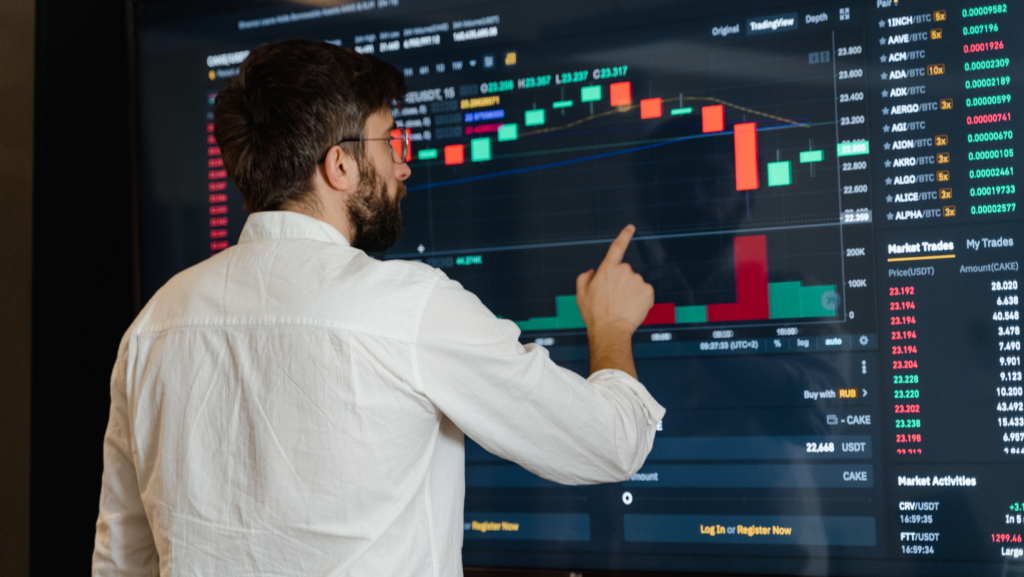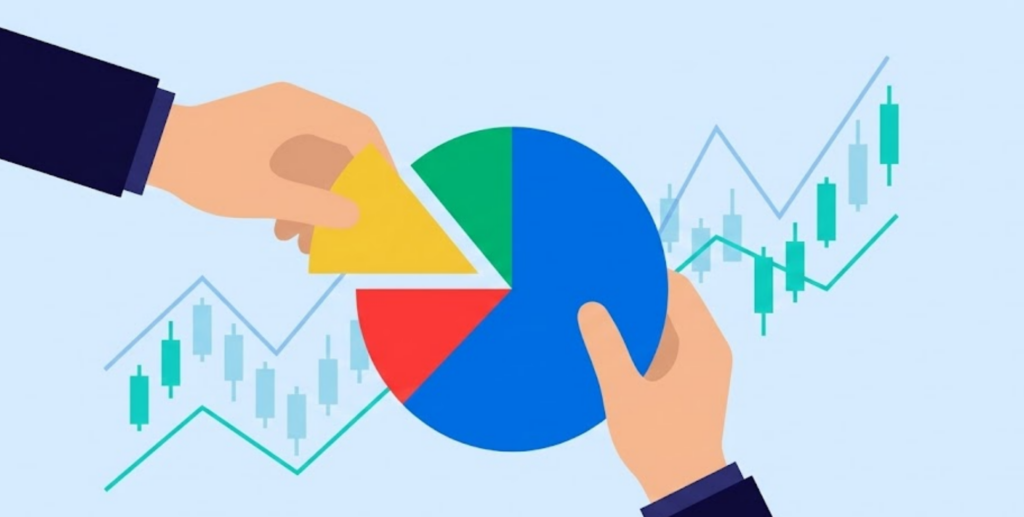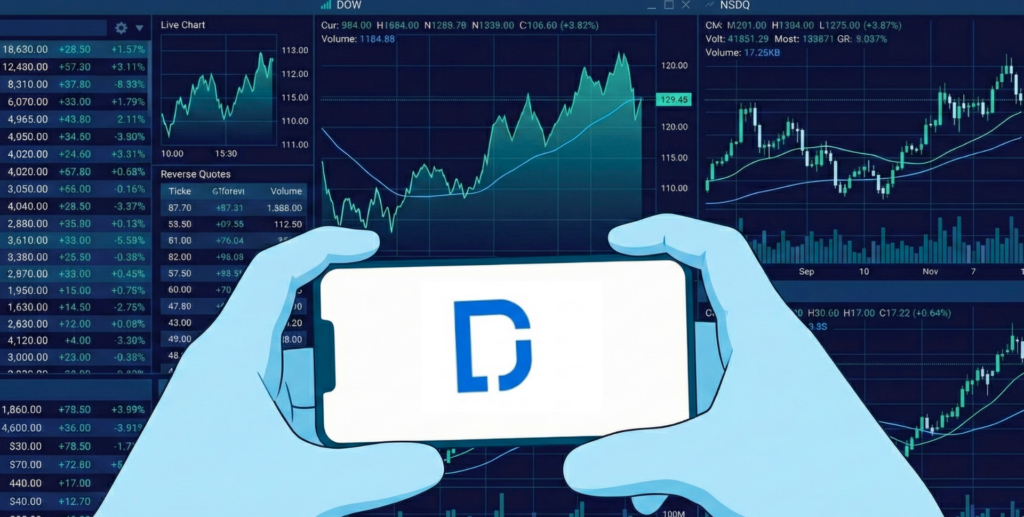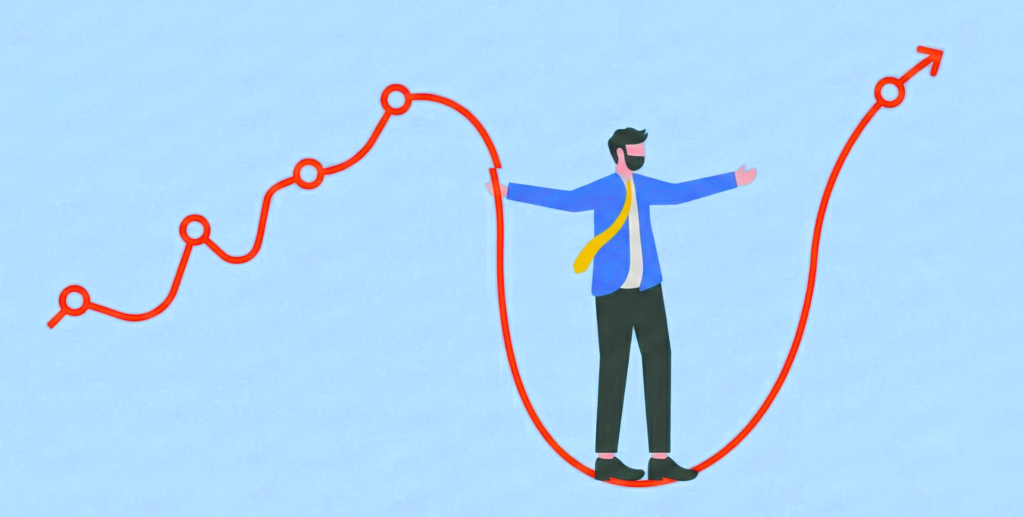Are you curious about day trading but unsure where to start? With the benefit of quick profits and the independence to trade from anywhere at any time, day trading has become a popular yet misunderstood arena, especially for beginners.
This trading for beginners guide will explain what day trading is and how it compares with other trading strategies.
What is Day Trading?
Day trading is about purchasing and selling financial assets all within one trading day. Traders aim to make money by taking advantage of small price changes during the day.
For example, a day trader might buy shares in the morning and sell them by the afternoon, aiming to profit from the day’s price fluctuations.
Basics Of Day Trading
The concept of day trading stocks became popular in the 1970s with the emergence of electronic trading platforms. This accessibility and the advent of technology have significantly increased the number of day traders globally.
As of 2023, there are more than 5 lakh day traders in India, leveraging these advancements to engage in the stock market more actively. Similarly, the total traded quantity of shares was around 76 lakhs in January, 2024.
Benefits Of Day Trading
- Day traders can make profits daily, unlike traditional investments which may take years.
- Trade from anywhere, choosing your own hours.
- Operates in highly liquid markets, enhancing the ability to swiftly enter and exit positions.
- Enhance skills in technical analysis, risk management, and discipline.
Risks Associated With Day Trading
- High Volatility: Exposure to significant market fluctuations.
- Overtrading: The temptation to make numerous trades can lead to higher loss and lower profits.
Comparing Day Trading, Swing Trading & Investing
| Aspect | Day Trading | Swing Trading | Investing |
| Time Horizon | Short (minutes to hours within a single trading day) | Medium (several days to weeks) | Long (months to years) |
| Goal | Profit from short-term price fluctuations | Capture gains from medium-term trends | Long-term asset growth |
| Capital Requirement | High (due to the need for significant volume to capitalise on small moves) | Moderate (less frequent trades can mean less capital required) | Variable (depends on strategy, but can be lower due to long-term growth) |
| Risk Level | High (market volatility can lead to significant losses) | Moderate (exposure to overnight and weekend market risk) | Lower (diversification and time can mitigate short-term volatility) |
| Analysis Type | Technical, with some reliance on news | Mainly technical with some fundamental analysis | Primarily fundamental analysis, with some technical |
How To Start Day Trading
- Begin with understanding the basics of the stock market and day trading.
- Use online courses, webinars, and books specifically about day trading techniques, chart analysis, and financial indicators.
- Choose a reputable online broker that caters to day traders. Look for low trading fees, reliable execution speed, and robust trading tools. Ensure the platform supports demo or simulation trading for practice.
- Your plan should include your investment budget, risk tolerance, profit goals, and criteria for entering and exiting trades. Decide on the strategies you’ll use and the securities you’re interested in trading.
- Before trading with real money, use a demo account to practise your strategies without financial risk. This helps build confidence and understanding of market behaviours.
- Begin trading with a small amount of capital to limit potential losses. As you gain experience and confidence, gradually increase your investment size.
Day Trading Strategies
1. Scalping: Making numerous small profits on minor price changes.
- Focus on liquidity and volatility.
- Requires discipline to sell quickly.
2. Momentum Trading: Capitalising on stock trends during high volume periods.
- Identify strong stock movements supported by high volume.
- Sell when momentum starts to decline.
3. Breakout Trading: Trading stocks as they break out from support/resistance levels.
- Look for solid breakouts with high volume.
- Set tight stop-loss orders to minimise losses.
Final Thoughts
Day trading offers an exciting opportunity for rapid gains, but it requires discipline, a solid strategy, and an understanding of the risks involved.
“The goal of a successful trader is to make the best trades. Money is secondary.” This quote by Alexander Elder emphasises the importance of strategy over profit. Platforms like Appreciate Wealth, the best trading app can assist in facing the complexities of day trading, helping investors build a diversified portfolio.
FAQs
1. Is day trading profitable?
Yes, it can be profitable with the right skill, discipline, and understanding of market trends, though only a small percentage consistently make money.
2. Why is day trading so hard?
The fast-paced nature and psychological stress of making quick decisions make it challenging.
3. What percentage of day traders are profitable?
Studies suggest that approximately 10% to 15% of day traders are profitable to some extent.
4. What is the first rule of day trading?
Always have a trading plan and stick to it to manage risks and strategies effectively.
5. Is day trading good for beginners?
It can be challenging for beginners due to the high risk and steep learning curve.
6. How do you day trade efficiently?
Efficient day trading involves using effective strategies, staying disciplined, and continuously learning from the market.
7. What market is easiest to day trade?
Markets with high liquidity and volatility, such as forex and large-cap stocks, are often preferred for their easier entry and exit points.























